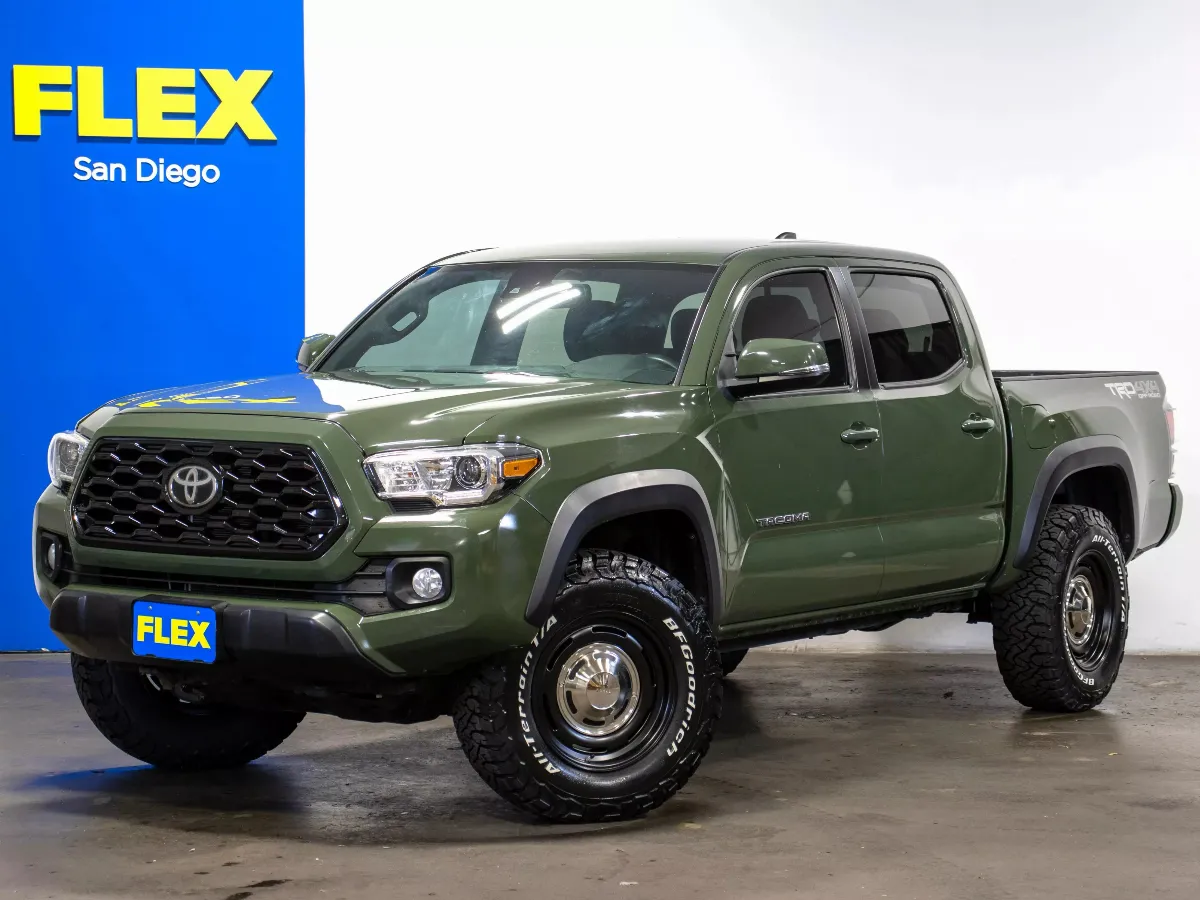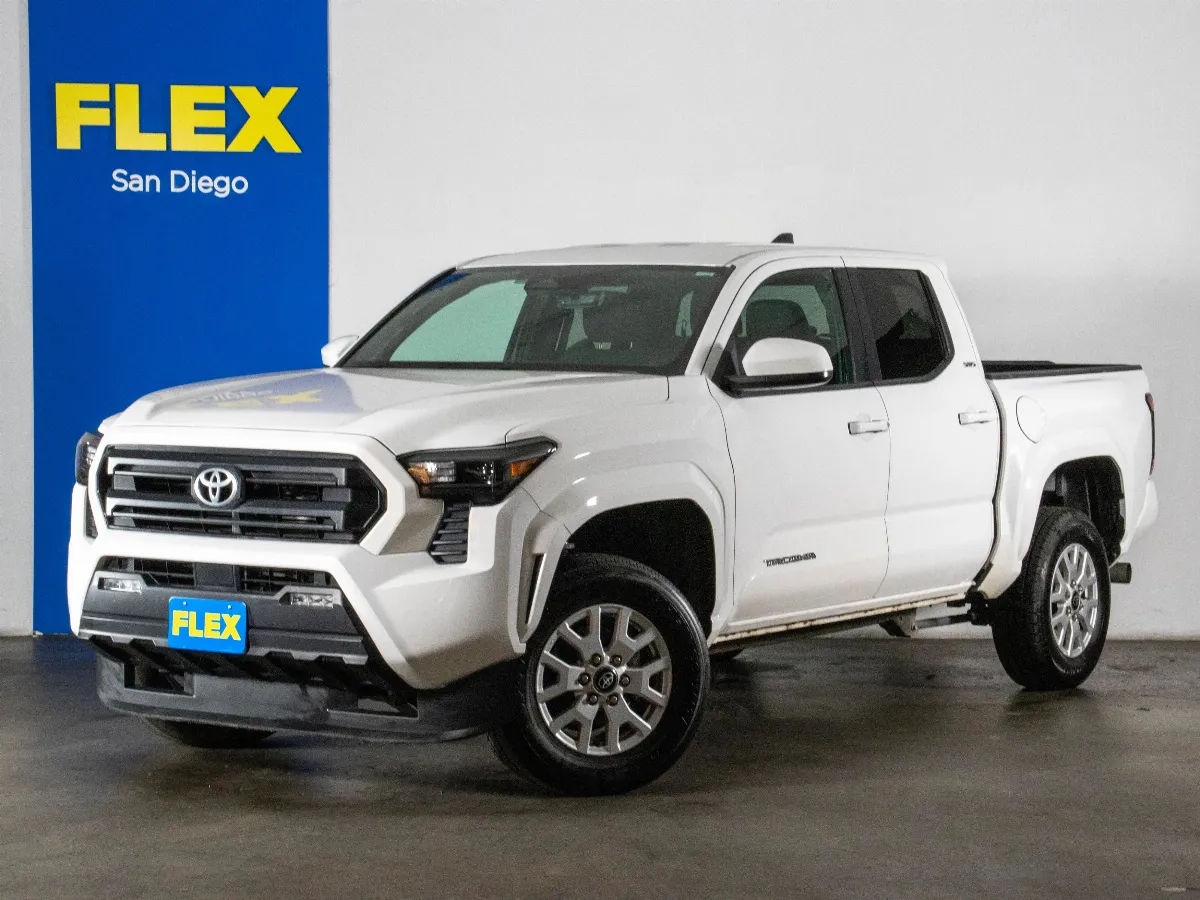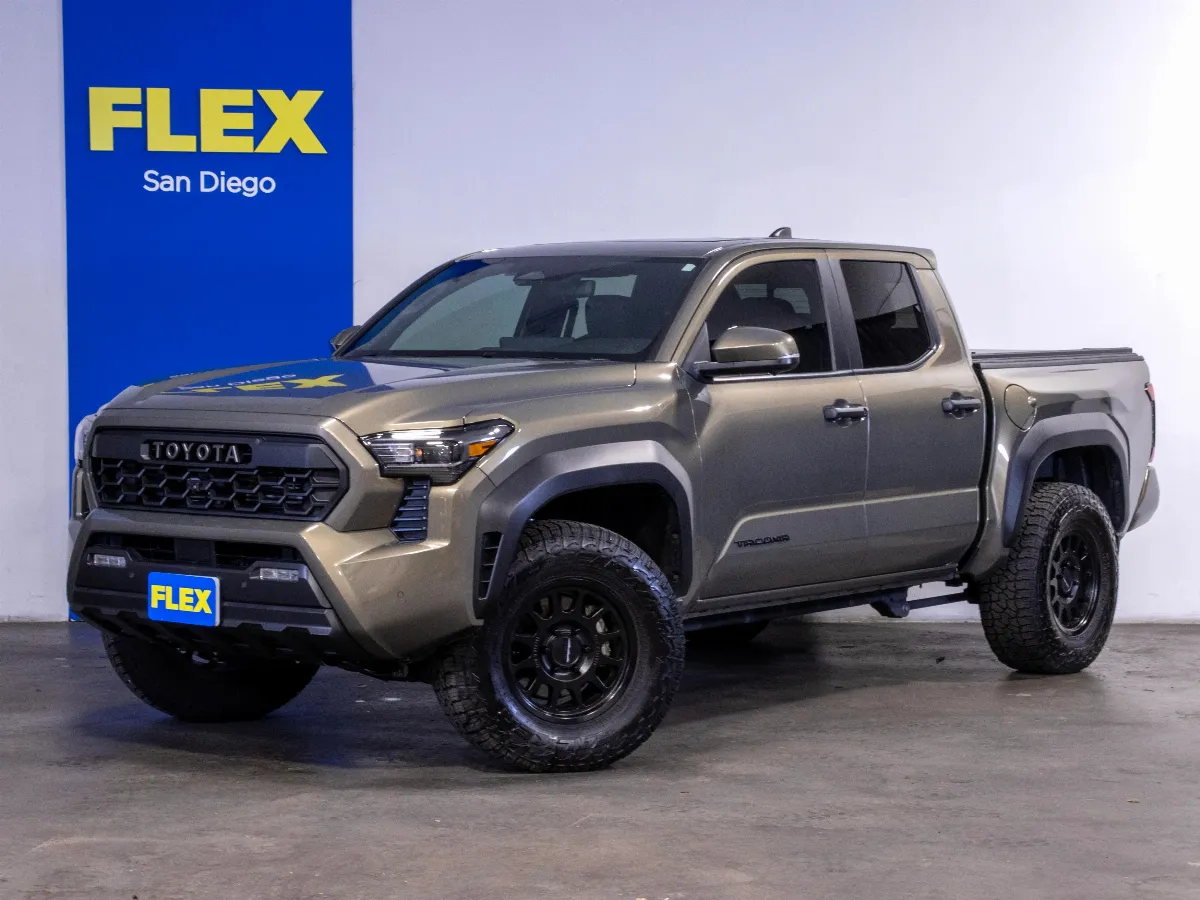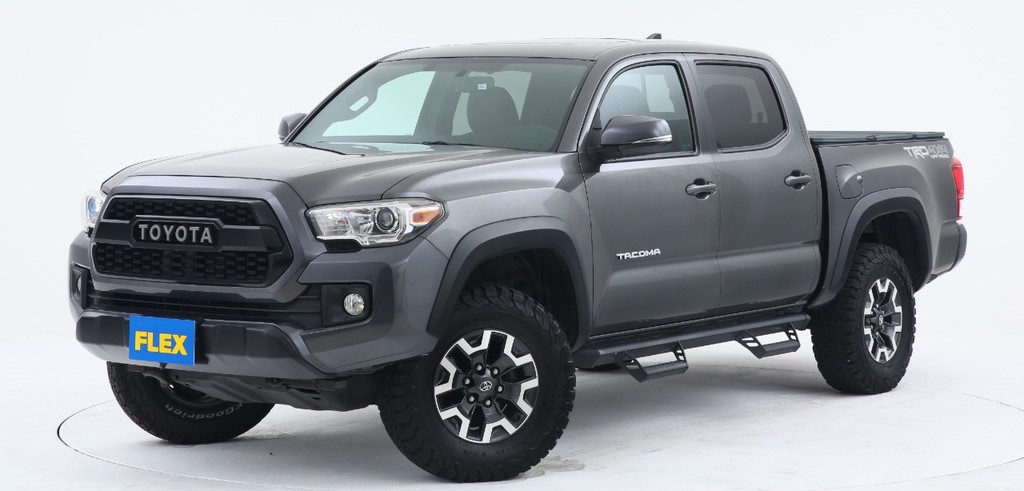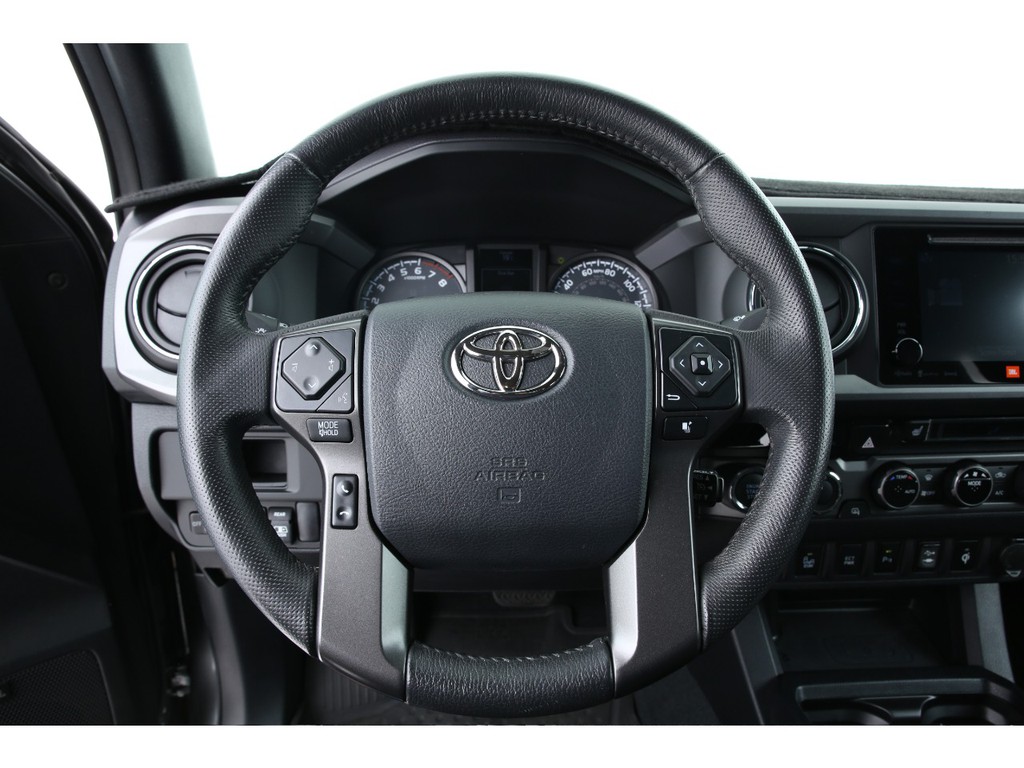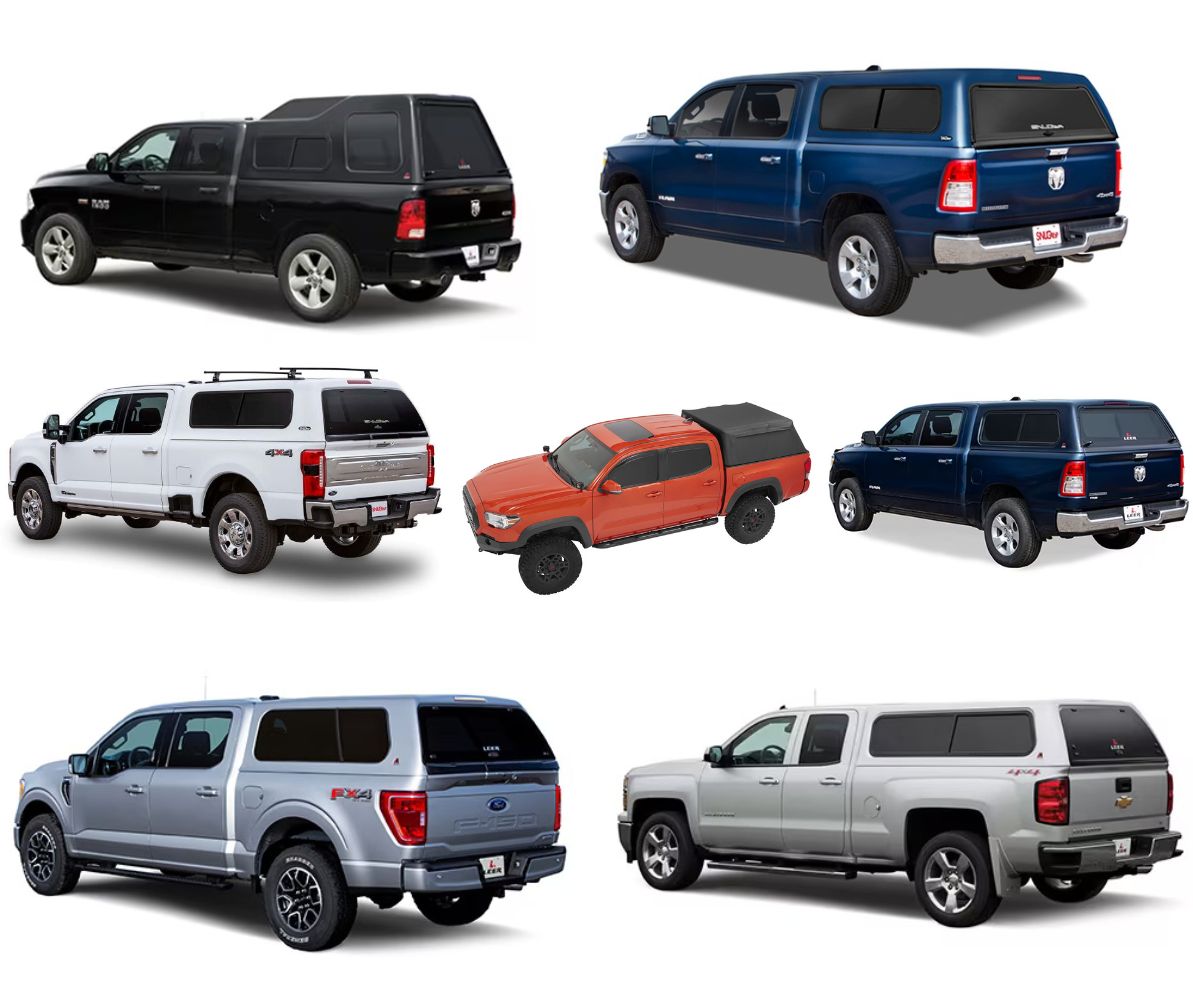All of the photos in this article belongs to Toyota.
The Toyota Tacoma is well-known for its longevity, off-road capability, and strong resale value. Many trucks easily surpass 250,000 miles when properly maintained. However, like any long-running model, some years suffer from notable issues ranging from frame rust to transmission hesitation.
This guide explains which Tacoma years to avoid, why those years had problems, and which model years are considered the most reliable options for used-truck buyers.
Why Choosing the Right Tacoma Year Matters
Not all Tacomas are created equal. Throughout the truck’s long production run, Toyota introduced major redesigns, powertrain updates, safety technology, and manufacturing changes. These updates sometimes brought meaningful improvements—but in certain years, they also introduced new problems.
Choosing the right year affects:
- Long-term reliability (engine, transmission, electronics)
- Maintenance and repair costs
- Resale value
- Driving feel and performance
Some problematic years accumulate hundreds of owner complaints on CarComplaints and similar platforms, while others have multiple NHTSA recalls for safety-related failures. Knowing the year-specific weaknesses helps prevent unexpected repair bills and ensures you find a Tacoma that will last for decades.
Toyota Tacoma Years to Avoid
While most Tacomas have strong reputations, the following model years stand out for recurring mechanical issues, high repair costs, or significant recall activity.
2006–2009 — Frame Rust, Clutch Failure, and Drivetrain Problems
These early second-generation models are among the most frequently reported on CarComplaints. The 2006–2008 years suffer from widespread defects, and the 2009 model is particularly risky as it carries over these major headaches while introducing its own unique failures.

Photo by Toyota
Key issues across this era include:
- Severe frame rust, especially in snowy or coastal regions (Toyota issued a limited recall).
- Premature clutch wear and clutch pedal engagement failure in manuals.
- Automatic transmission sluggishness and hesitation.
- Leaf spring cracking or breakage.
- Driveline vibrations caused by faulty driveshafts or U-joints.
- Paint peeling and clear-coat bubbling, sometimes exposing bare metal.
- Spiral Cable defects: Electrical failures affecting airbags, horn, and steering controls.
- Interior rattles and cracked dash components.
Additional issues specific to the 2009 model:
On top of the problems listed above, the 2009 model year introduced new complaints regarding:
- Steering wheel vibration at highway speeds (attributed to steering rack or alignment wear).
- Soft or spongy brake pedal feel.
While many trucks run well long-term, the persistent structural and mechanical issues across this 2006–2009 span make these years riskier for budget-conscious buyers.
2011 — High Recall Count and Multiple Safety-Related Defects
Factory Safety Recalls (Nationwide):
- Leaf Spring Fracture: Risk of puncturing the fuel tank (Fire Hazard).
- Access Cab Seat Belt Anchors: Screws may loosen and detach the seat belt mechanism (Specific to Access Cab models).
- TPMS System: Warning light failure on vehicles with TRD accessory wheels.
Regional Distributor Recalls (Southeast Toyota):
Accessory Safety Risks: Official recalls issued for vehicles sold in the SET region (FL, GA, AL, NC, SC).
- Fire Risk: From improperly wired heated seats.
- Airbag Failure: Due to uncalibrated occupant sensing systems.
- Road Hazard: Hood scoops detaching at highway speeds.
Common Owner-Reported Defects (Non-Recall):
- Running Light (DRL) Lens Melting: Headlight lenses bubbling or cracking due to bulb heat.
- Driveline Vibrations: Shuddering during acceleration.
- Electrical Glitches: 12V power outlet failures and occasional radio resets.
Is this year reliable? While 2011 has a higher number of recalls, many are specific to distributor-installed accessories (SET region). The core mechanical reliability remains high, but verify that the Leaf Spring Recall has been performed.
2012 — Air Injection Pump Failure and Steering Issues

Photo by Toyota
Major Defect (High Cost Risk):
- Secondary Air Injection System Failure: Failing pumps and stuck valves cause “Limp Mode” and check engine lights (Codes P2440/P2442).
- Repair Cost: $2,000 – $3,500+ (Owners often report quotes exceeding $2,000).
- Confusion Risk: Triggers VSC/TRAC warning lights, often mistaken for the free brake recall below.
Verified Safety Recalls:
- Recall affecting Electronic Stability Control (Brake Actuator issue): Increased electrical resistance in the actuator can disable ABS and VSC systems.
- Fix: Software update for the Skid Control ECU (Free).
- Leaf Spring Fracture: Leaf springs may break due to corrosion, potentially puncturing the fuel tank.
Mechanical & Drivetrain Issues:
- Transmission Shudder & Gear Hunting: The automatic transmission may vibrate (shudder) or shift frequently on highways.
- Steering Rack Leaks: Fluid leaks from the pinion seal or boots.
These concerns make 2012 one of the least desirable years for budget-conscious buyers.
2016–2017 — Transmission Shudder, ECU Problems, and Widespread Mechanical Complaints

Photo by Toyota
The early third-generation Tacomas (2016–2017) are among the most problematic years due to redesign-related issues.
The “Big Three” Major Risks (High Cost or Damage)
These are the most critical issues that can lead to expensive repairs or severe vehicle damage.
- Timing Cover Oil Leak (Engine-out Repair): Factory sealant fails on the 3.5L V6 engine, causing slow oil leaks.
- Cost Warning: Repair requires removing the engine, costing $3,000 – $6,000 depending on labor rates.
- 6-Speed Automatic Transmission Shudder: Constant gear hunting, delayed shifts, and surging make driving frustrating.
- Status: Software updates (TSBs) exist but don’t always resolve the physical shudder in the torque converter.
- Leaking 3rd Brake Light (Cab Water Damage): The seal on the cab-mounted stop lamp fails, allowing water to soak the headliner and carpet.
- Risk: Causes mold and mildew inside the cabin (Safety Recall exists).
Mechanical & Drivetrain Weaknesses
- Coolant Bypass Pipe Failure: Plastic coolant pipes behind the engine are prone to cracking and leaking.
- Front Differential Noise (Needle Bearing Issue): A droning vibration from the front driver-side wheel, often caused by a worn needle bearing.
- Fix: Aftermarket bushing upgrades (ECGS bushing) are the preferred permanent fix.
- 4WD System Seizure: The electronic actuator may freeze if 4WD isn’t engaged regularly.
- Vacuum Pump Oil Leaks: Another common leak point on the engine components.
Comfort & Quality Issues
- AC Underperformance: Air conditioning blows warm air at idle or in temps above 100°F (Toyota offered an auxiliary fan kit).
- High-Pressure Fuel Pump “Chirping”: A loud, rhythmic chirping noise from the engine bay (Annoying, but mostly cosmetic).
- Steering Wheel Vibration: Shimmy or vibration felt at 40–50 mph.
- Door Edge Rust: Paint blistering under the window sash weatherstripping.
While software updates fix some issues, the volume of complaints makes these years best avoided.
Best Toyota Tacoma Years to Buy
Despite the years to avoid, the Tacoma has numerous excellent and highly durable model years known for reliability and long-term value.
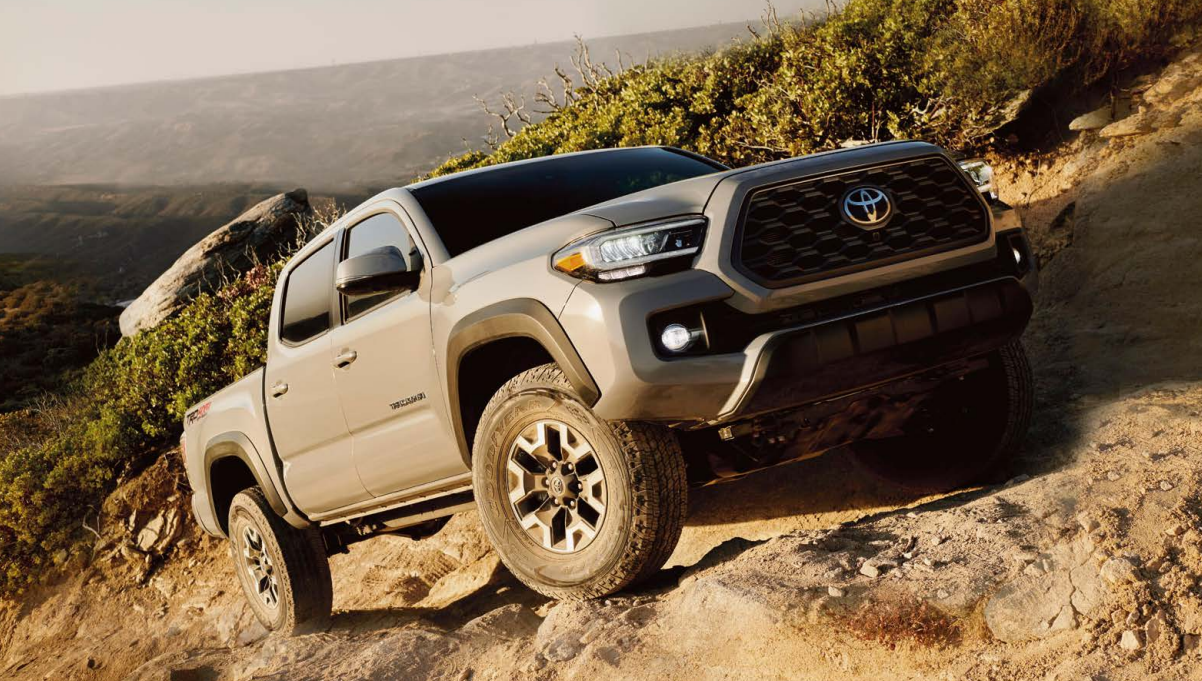
Photo by Toyota
2013–2015 — The Most Reliable Late 2nd-Gen Tacomas
These years benefit from:
- Matured 2nd-generation powertrain
- Transmission refinements
- Fewer widespread mechanical issues
- Excellent resale value
Many owners report surpassing 250,000 miles with only routine maintenance.
2018–2020 — Improved Transmission Tuning and Safety Features
After issues in 2016–2017, Toyota addressed many drivability problems by 2018:
- Recalibrated automatic transmission
- Improved engine feel
- Better cabin technology
- More stable reliability ratings
These years are ideal for buyers seeking a modern Tacoma without early redesign issues.
2004 — Peak First-Generation Reliability
The final first-gen year offers:
- Extremely durable 3.4L V6
- Minimal electronic complexity
- Strong off-road capability
- Excellent longevity
This model is popular among enthusiasts and known for “bulletproof” dependability.
Most Common Tacoma Issues (Across All Years)
Some of the troubles with the Tacoma are common due to faulty design or workmanship. Here is a list of the most common issues that may be traced back to these sources.
Peeling paint
White and silver Tacomas built at certain plants experienced peeling around doors and fenders. Toyota issued an extended-paint warranty for qualifying vehicles.
Transmission Problems
Automatic models may develop shuddering, delayed shifts, or torque-converter issues; manuals may experience premature clutch wear.
Lower Ball Joint Failures
Especially common on first-gen trucks, causing loose steering and uneven tire wear.
Suspension issues
Certain late models (2022–2023) are under safety recall for rear-axle welding debris.

Photo by Toyota
Vehicle Speed Control/ABS Issues
Faults can disable cruise control or cause inaccurate speed readings.
Oil leaks
Crankshaft and timing-cover leaks appear in certain V6 models.
Is It Worth It to Buy a Used Toyota Tacoma?
Absolutely—as long as you choose a reliable model year. With dozens of strong years to pick from, the Tacoma remains one of the best used-truck investments on the market.
If you need guidance choosing the right Tacoma, FLEX Automotive specializes in Toyota trucks and can help you find a model that fits your needs. FLEX also offers Renoca Windansea, a retro-style Tacoma built with modern technology and premium interior customization.
Tacoma for sale
FAQs
What are the best Toyota Tacoma years?
The most reliable Tacoma years are 2013–2015, 2018–2020, and 2004. These models have strong powertrains, fewer widespread issues, and excellent long-term durability, often exceeding 250,000 miles with proper maintenance.
Which Toyota Tacoma years should I avoid?
Avoid 2006–2008, 2009, 2011, 2012, and 2016–2017. These years commonly experience issues such as frame rust, air-pump failure, transmission shudder, steering vibration, and electrical faults.
Are Toyota Tacomas reliable?
Yes. The Tacoma is one of the most reliable midsize trucks on the market. Most well-maintained models last 200,000–300,000 miles, and resale values remain among the highest in the segment. However, reliability varies significantly by model year.
How long does a Toyota Tacoma typically last?
With regular maintenance, a Tacoma commonly lasts 250,000+ miles. Many owners report reaching 300,000 miles without major engine or transmission repairs.
What common problems should Tacoma buyers look out for?
Frequent issues include transmission hesitation, frame rust (especially in older models), ball-joint failure, paint peeling, air-pump failure (2012), and drivability issues in early 2016–2017 models


